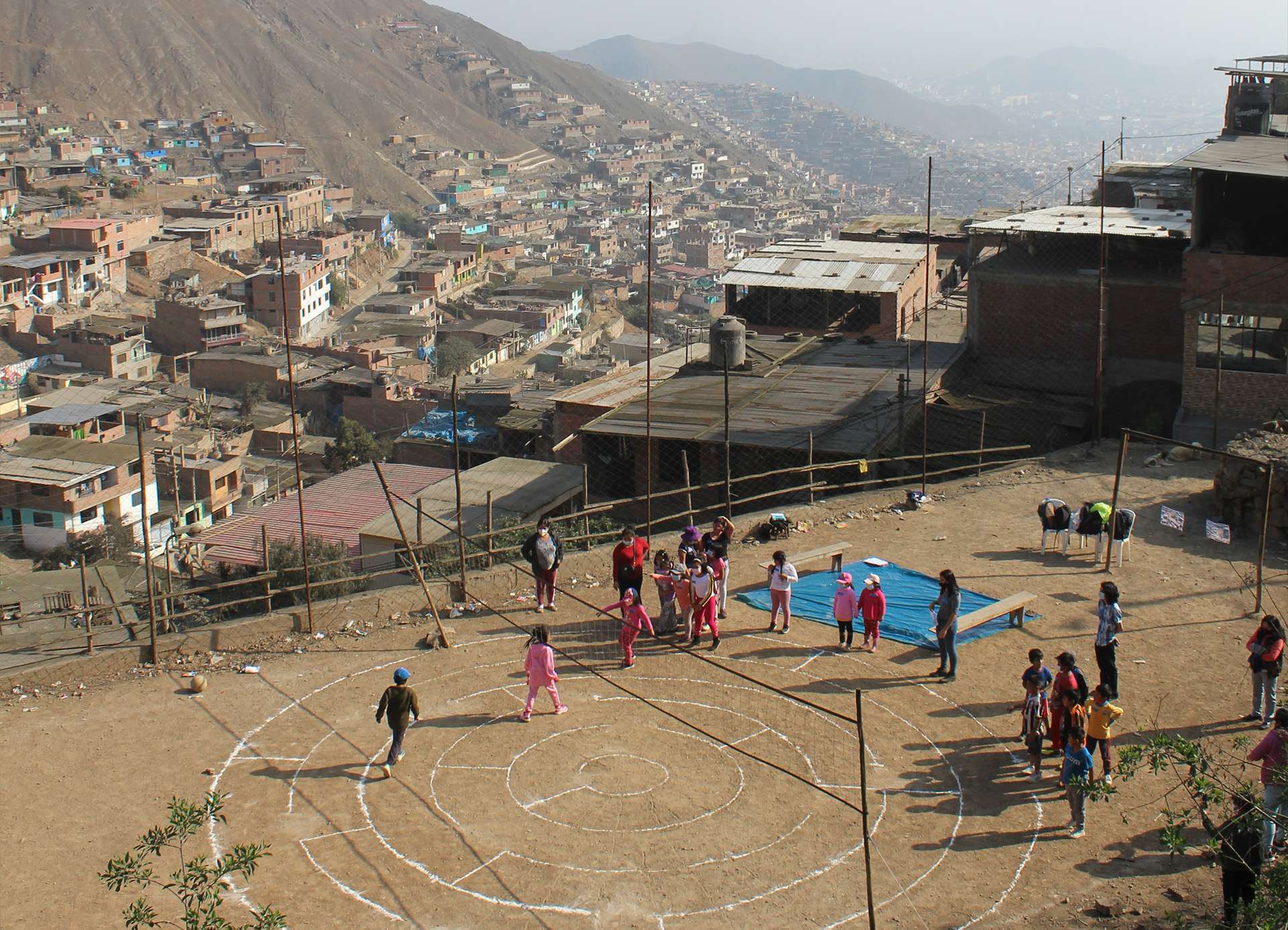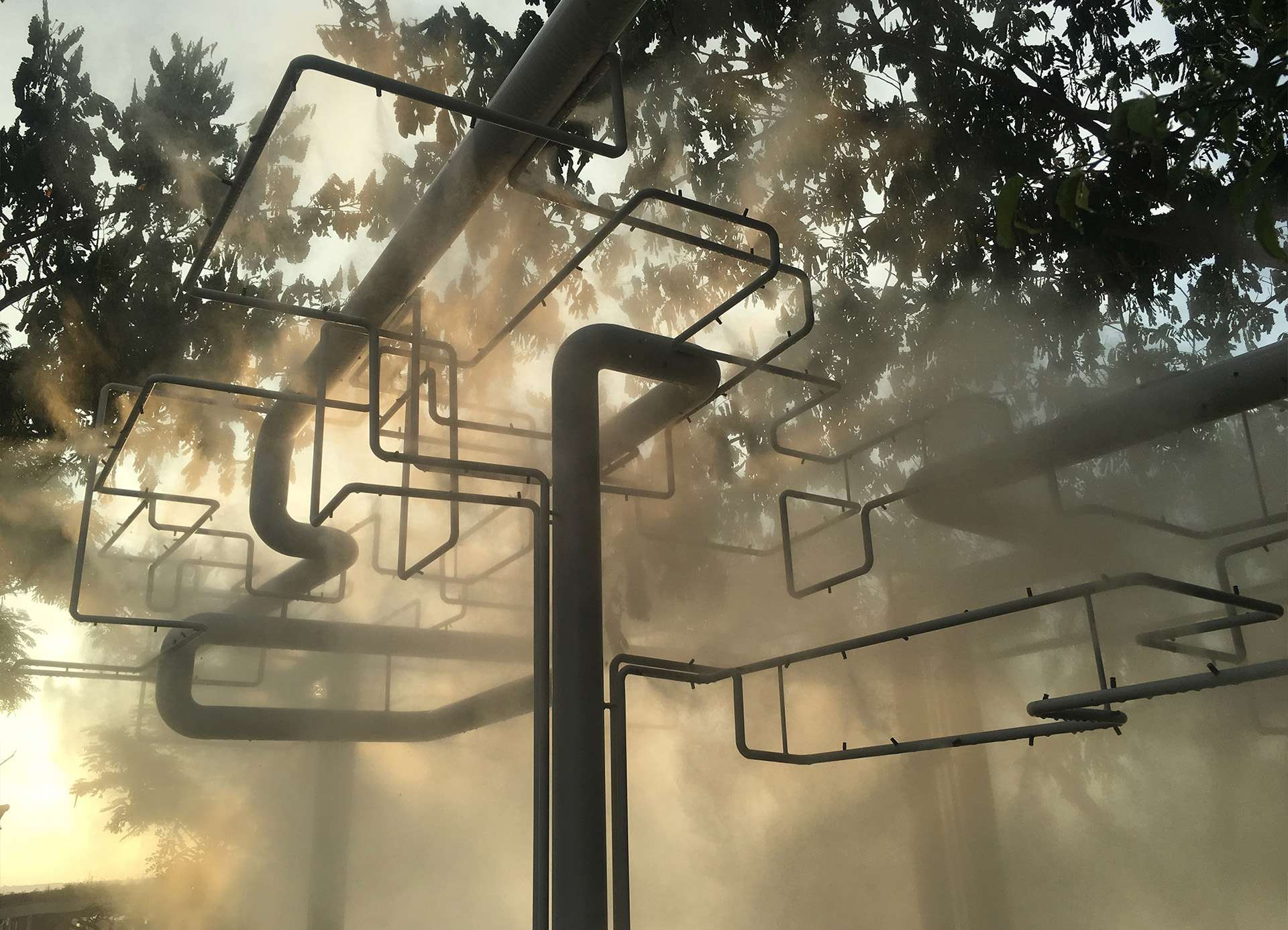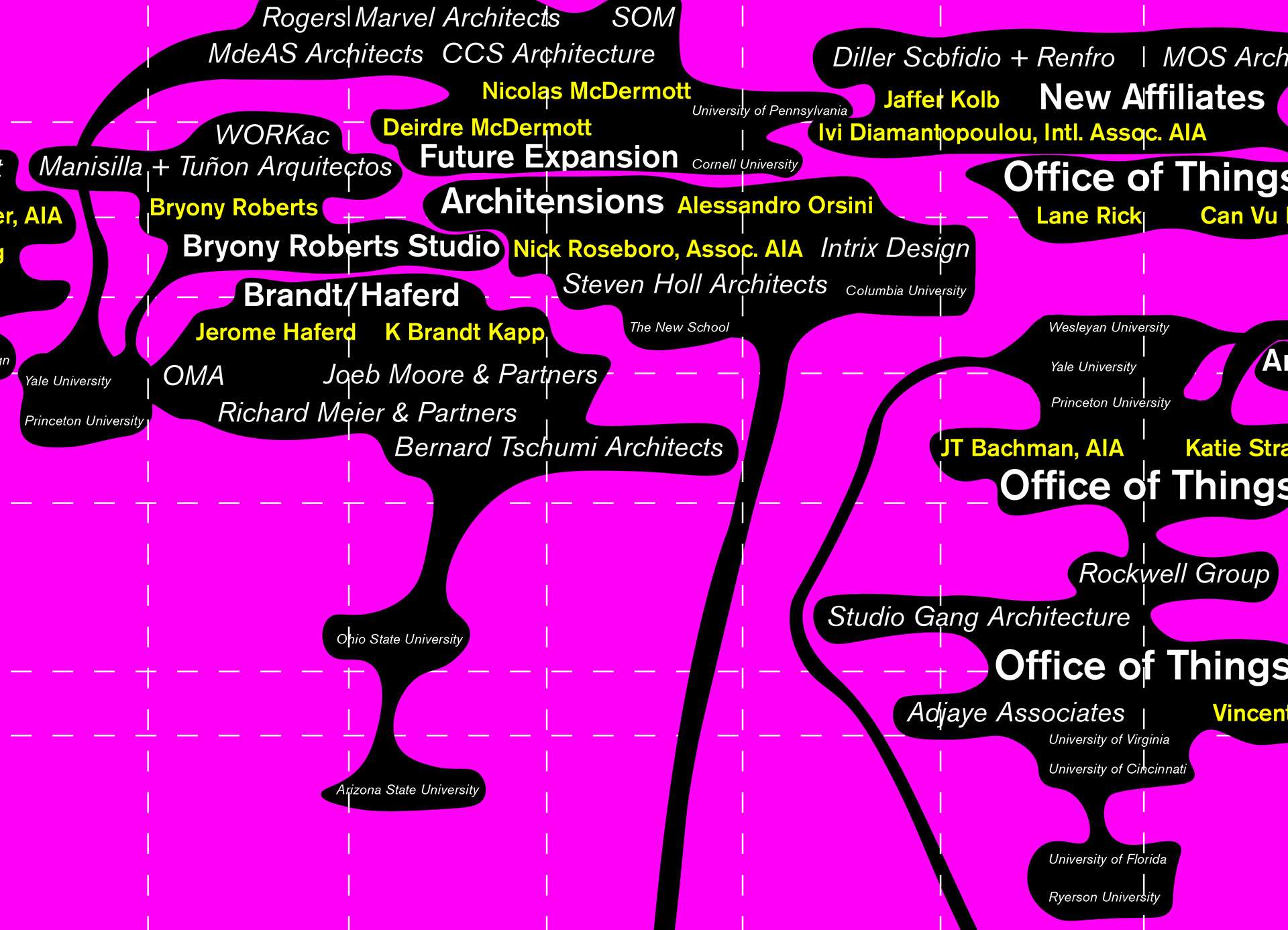“Unless architects begin to describe buildings as terrestrial events, processes and artefacts, architects will - professional and collective peril - continue to operate outside the key environmental and political dynamics of this century.” (UNLESS, Kiel Moe, 2021)
Aiming to turn a country that has built its wealth on oil and gas into a renewable superpower, Norway is phasing out fossil fuels whilst re-imagining its built environment. In the driving seat of this change are initiatives such as the FutureBuilt programme and architecture offices as Mad architekter, who are determined to diminish architecture's terrestrial footprint. Through the creation of 100 pilot projects that cut carbon emissions by at least 50% compared to current regulations and common practice, the visionary team behind FutureBuilt aims to show that climate neutral urban areas based on high quality architecture are possible. In this conversation with FutureBuilt director Stein Stoknes and MAD Architect Åshild Wangensteen Bjørvik we discussed one particular project, Kristian August gate 13, that we had the chance to visit during the Oslo Triennale. The project over achieves the team’s requirements with 80% re-use and 70% carbon reduction from the material component of the building.
KOOZ Could you introduce us to what and who is FutureBuilt and your ambitions?
SS To support climate friendly urban development, six municipalities in the Oslo region are collaborating on the FutureBuilt programme. Our vision is to show that climate neutral urban areas, based on high quality architecture, are possible.
We believe in the power of good examples and our strategy is to use pilot projects to change the way buildings and urban areas are developed. Our goal is to complete 100 pilot projects by 2030, projects that cut carbon emissions by at least 50% according to the Paris agreement.
In addition to carbon reduction related to mobility, energy and materials, the projects also need to address a broader range of sustainability topics such as social sustainability, biodiversity and circular economy. Pilots are both single buildings and larger neighbourhoods.
Our vision is to show that climate neutral urban areas, based on high quality architecture, are possible. - Stein Stoknes, Futurebuilt
KOOZ Stemming from the belief that good examples can make a change, since the start of the programme in 2010 you have developed 71 pilot projects which seek to challenge and change the way buildings and urban areas are developed. How and to what extent are the pilot projects research tools to re-imagine our built environment?
SS The pilot projects have to use our FutureBuilt criterias as a starting point for the project development and as design-premises. The criterias sets ambitions that are far beyond today's standards, when it comes to both regulations and practice. This requires re-imagination and innovation along several axes such as design process, cooperation and technical solutions. All pilots are required to set up innovation goals and establish research and development (R&D) projects to support the design process. Through this method we have demonstrated new solutions within a wide range of topics such as ultra-low-emission concrete, pluss-energy buildings, shared mobility, co-creation and inclusive planning, reuse of building materials, urban farming and more.
KOOZ To succeed in reducing the construction sectors´ climate footprint it is crucial we shift the construction industry from linear use and production towards a more sustainable production based on recycling and reuse of existing building stock. This is the case within projects as Kristian August gate 13, a pioneering reuse project where a 1950s building, in Oslo, threatened with demolition was preserved, re-used and retrofitted through the reuse of elements from other buildings. Could you tell us a bit more about this project and the extent to which we could consider this un-built due to its reduced environmental impact?
SS All FutureBuilt projects have to reduce climate footprint by at least 50%. When it comes to circularity, our pilots have to consist of at least 50% re-used and reusable components. Kristian August gate 13 overachieves these requirements with 80% re-use and 70% carbon reduction from the material component of the building. This is very impressive and is due to, I believe, clear and ambitious goals, a very forward leaning developer and a motivated and competent design team. It also shows that circularity is a powerful strategy to lower emissions.
Building with reused materials is both old-fashioned and innovative. At MAD we love to find value where it is not likely, and we love to put elements into new and unseen contexts and make them shine. - Åshild Wangensteen Bjørvik (MAD)
KOOZ What were the biggest challenges encountered throughout the design and construction phases? To what extent did the project and the original design need to adapt to available materials and elements?
ÅWB Building with reused materials is both old-fashioned and innovative. At MAD we love to find value where it is not likely, and we love to put elements into new and unseen contexts and make them shine. The market for reused building materials is not developed, and four years ago - when KA13 started - it was even more difficult. The workload was considerable, but we were optimistic – and we reached goals that we had never imagined.
The developer (Entra ASA) and the tenant, Spaces, were very brave throughout the process. If it had not been for them this project would not have been realised. Spaces came into the process with a quite strict design manual, which could have made our work difficult. But they were brave enough to challenge their own norms, and the project actually nudged the international coworking company to establish their own special Reuse design manual, to ease the demands for these types of projects.
And some time, hopefully in the near future, we think that we as architects might go back to our core, or what we know best: architecture. We will design buildings and cities like we always did, and we will simply inform the clients that “as much as possible of this house should be built with reused materials. Thank you.”
KOOZ One would imagine that a major problem would come from issues relating to material standards and certifications whilst at Kristian August gate 13 also structural material was re-used. Could you expand on this process further?
ÅWB First I have to point out that building materials present very different challenges regarding reuse. Some are easy to find and easy to buy in great amounts. Others require extreme amounts of labour to reuse. Some are expensive, and others are both cheaper and have shorter delivery time than new materials. They all need to meet different demands, regarding safety and many other aspects.
Structural materials are yet the most difficult to reuse. They need a high degree of consideration, precision, testing, manual work, logistics and responsibility, among other things. We have been lucky to receive the help of Futurebuilt, Sintef (Research Institute for Building Technology) and many others regarding these processes – and the result shows that it is not at all impossible to reuse structural elements, just a bit complicated (yet).
Building materials present very different challenges regarding reuse. [...] They all need to meet different demands, regarding safety and many other aspects.
KOOZ As a pilot project, how and to what extent has this project established standards, strategies and policies for other projects moving forward?
SS Kristian August gate 13 was the first in a series of pilot projects focusing on circularity through strategies such as reuse of building components and design for disassembly. The project has received great attention as it showcased a range of possibilities, but it also exposed flaws in regulations and lacks in the circular value chain. Nevertheless, it has inspired several Futurebuilt developers to follow suit. Two more circular pilots are finished and there are many in the pipeline. Developers are now aiming to upscale from the relatively small pilots to neighbourhood-scale and tall building formats.
Kristian August gate 13 was the first in a series of pilot projects focusing on circularity through strategies such as reuse of building components and design for disassembly. The project has received great attention.
When it comes to regulations, authorities have gone through the building codes with the aim of removing obstacles towards re-use and have also strengthened the requirements for design for disassembly.
The value chain is also in the aftermath of Kristian August gate 13, supplemented with many new players. These cover both physical and digital platforms in the field of urban mining and mapping of buildings, along with components for potential re-use, marketplaces and upcycling.
Kristian August gate 13 has been, and still is, a powerful statement and catalyst towards increased circularity.
KOOZ What are for you the greatest opportunities which can stem from the rethinking of the making of architecture as a practice which relies largely on its un-built impact?
ÅWB I think there is a great opportunity to start using building materials of higher quality, in all kinds of developments. The last 60-70 years almost all building materials have become disposable, designed and thrown away after being used. Even worse, real craftsmen are rarely found today as most of them are replaced by installers of disposable building elements, with their assembly instructions and their guarantees.
We need building materials with real quality and value, and we need real craftsmen. Many people think that the green shift will be digital – and I guess some parts of it will be, but it is also physical. I think this fact has the power to change several processes in our future society; our buildings, our work life, education and economy.
Bio
Architect, partner and CEO of Mad Oslo Åshild Wangensteen Bjørvik (born 1977 in Norway) was educated at NTNU in Norway, ENSAPLV in Paris and TU Wien. She has 20 years of experience as an architect, and joined Mad in 2008. Since 2016 she has been the CEO of the Mad Oslo, an interdisciplinary office with a team of approximately 55 architects. Åshild has been the team leader of several large-scale urban projects, including the Mad building in Oslo and Media City Bergen. She has also worked with the cutting-edge re-use project in Kristian Augusts gate 13. Her main goal as a CEO is to to build high performance team, and to create an innovative and fun place to work.
Architect and co-founder of FutureBuilt, Stein Stoknes has more than twenty years of experience in the field of sustainability and innovation within architecture and urban development.
Federica Zambeletti is the founder and managing director of KoozArch. She is an architect, researcher and digital curator whose interests lie at the intersection between art, architecture and regenerative practices. In 2015 Federica founded KoozArch with the ambition of creating a space where to research, explore and discuss architecture beyond the limits of its built form. Parallel to her work at KoozArch, Federica is Architect at the architecture studio UNA and researcher at the non-profit agency for change UNLESS where she is project manager of the research "Antarctic Resolution". Federica is an Architectural Association School of Architecture in London alumni.





